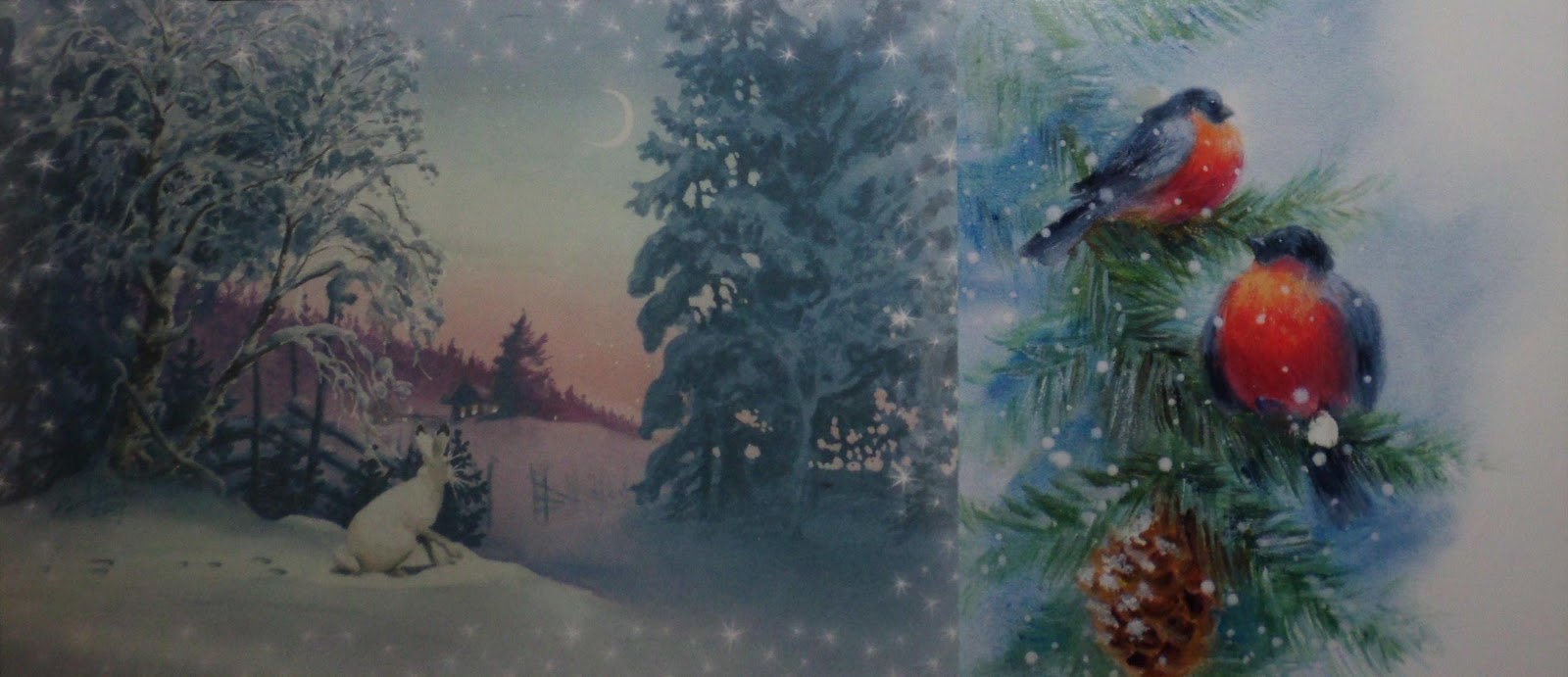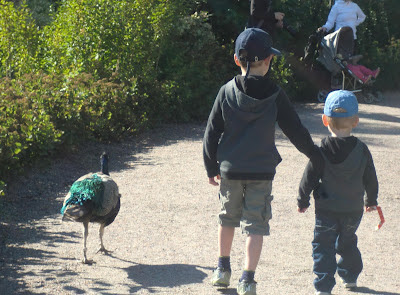Being superstitious or not, depends largely on the culture where we were grown up.
In my opinion people in Poland are much more superstitious than Finns.
I noticed few worldwide known superstitions in Finland: Friday the 13th, a black cat, and the lucky ones: a four leaf clover and a horseshoe. More superstitious Finns avoid walking under a ladder, spilling salt, breaking mirror, opening umbrella inside home and hugging someone over the threshold. Killing a spider can bring rain the next day.
If these things have already happened, there are ways to reverse the bad luck. Spilled salt should be thrown away over the right shoulder, pieces of the broken mirror should be buried, hugging over the threshold should be repeated in the other place.
Anyhow I see superstitions in Finland are not taken as seriously as in Poland.
In Poland (too)many people believe, that putting shoes on the table, hugging someone over the threshold or spilling salt foreshadow a riddle.
In general too many things 'brings' bad luck, and 'getting' good luck often comes on some conditions. Eg. some people eat four leaf clovers. Barely finding it is not enough
to get good luck.
Chimney sweeper brings you good luck on condition you
have a button with you.
When you hear a cuckoo while having no money on you - you're gonna get financial problems.
Seeying
a walking spider foreshadows getting news. The news is gonna be
good if spider walks upwards, and bad if it walks downwards. If it walks
horizontally - I don't know:-)
Many superstitions concern pregnant women. They should avoid walking over strings/ropes/cables, getting suddenly
scared, wearing necklaces, looking at the moon, touching rabbits,
wearing aprons, cutting hair, looking through keyhole and many more. You can still see sometimes a red ribbon attached to a baby's carriage to ward off the evil eye.
Im not even halfway through describing all the superstitions I have heard of, but I feel I have mentioned enough to give a general view on this problem. Yes, problem - because most of superstitions bring just distress.
Taikauskoisuus rippuu laajalti kultuurista jossa olemme kasvaneet.
Olen huomannut suomessa yleisluontoisia taikauskoja, kuten epäonnen perjantai 13, musta kissa, tai onnea tuovat neliapilat ja hevosenkenkä.
Enemmän taikauskoiset suomalaiset eivät kävele tikaiden alta, kaada suolaa, avaa sateenvarjoa sisätiloissa eivätkä halaa kynnyksen yli. Hämähäkin tappaminen tuo sateen.
Jos jotkut näistä asioista ovat jo tapahtuneet, on kuitenkin keinoja kumota huonoa onnea.
Suojaa pitää heittää oikean olan yli, rikkinäisen peilin palat pitää haudata, kättely kynnyksen yli pitää toistaa paremmassa paikassa.
Jotkut taikauskot ovat samoja Puolassa ja Suomessa, mutta Puolassa ne otetaan vakavammin ja on niitä enemmän.
Kengät pöydällä, kättely kynnyksen yli ja suolan kaataminen voi tuoda riitoja.
Kävelevä hämähäkki tuo uutisen. Jos hämähäkki kävelee ylöspäin uutinen tulee hyvä, jos alaspäin tulee huono. Jos se kävelee vakaa - en tiedä:-).
Onnea tuovat taikauskot sisältävät usein ehtoja:
- nuohoojan näkeminen on hyvä merkki jos sinulla on nappi mukana.
- käkien kuuleminen on hyvä merkki jos sinulla on rahaa mukana.
- neliapila tuo onnea jos syöt sen.
Aivan liikaa sisältyy taikauskoa raskauteen. Raskaana olevan naisen pitää välttää kaapeleiden ylikävelyä, hänen ei tulisi säikähtää, pitää kaulakoruja eikä esiliinaa, eikä katsoa kuuhuun, koskea pupuja, leikata hiuksia, katso avainreijän läpi ja vielä paljon muuta.
Vielä joskus voi nähdä lasten vaunussa punaisen nauhan, mikä on laitettu suojaamaan lasta pahalta silmältä.
Taikausko on minusta asia mikä tuo vain lisää stressiä elämään. Voitte olla eri mieltä.
 I would like to present also a very original Christmas card I got this year, reproduction of work of the Finnish artist Reetta Isotupa-Siltanen:-)
I would like to present also a very original Christmas card I got this year, reproduction of work of the Finnish artist Reetta Isotupa-Siltanen:-)  Ach! and of course the handmade ones which my sons created this year:
Ach! and of course the handmade ones which my sons created this year:

















































